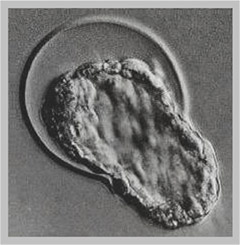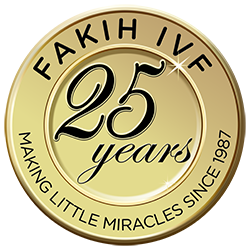Lab Technology & Techniques
Modern technology and medical advancements continue to give couples facing infertility a greater chance of success in fulfilling their dreams of parenthood. At Fakih IVF, we believe that investing in the latest medical advancement and employing highly skilled staff are essential to providing quality health care service. Our Embryologists are highly skilled and equipped with the newest technology.
Some of the lab techniques and technologies offered at Fakih IVF include:
- EmbryoScope
- Assisted Hatching
- Blastocyst Transfer
- Intra-Cytoplasmic Morphologically-selected Sperm Injection (IMSI)

EmbryoScope
EmbryoScope is a new and revolutionary incubator with a built-in camera that takes periodical pictures of embryos as they grow. Previously, embryos were monitored once at fertilization and again on the day of embryo transfer, leaving out important details on the growth pattern of the embryo.
What Are The Advantages Of EmbryoScope?
- Embryos remain undisturbed at ideal temperature and moisture levels, reducing stress for the embryo in its earliest days of growth.
- The automated time-lapse imaging system captures a picture every 20 minutes, providing embryologists with more detail about the growth progress of the embryo. This information is pivotal for the embryologists in identifying the best embryos for transferring to the uterus.
- Enhanced selection of embryos improves the rate of successful pregnancy.

Assisted Hatching
In order to successfully implant into the uterine lining, an embryo has to hatch out of its own shell, called the zona pellucida, and attach to the endometrial lining. Embryos with a thin shell have a higher rate of implantation because they can more easily shed their shell. Fakih IVF’s Embryology Labs are equipped with precision lasers designed to assist the hatching of embryos before embryo transfer.

Who May Benefit From Assisted Hatching?
Assisted hatching has shown to be beneficial for couples that produce embryos with a thick or hard shell, who had embryo transfers in the past without success and for older women, where embryos may lack sufficient energy to complete the hatching process on their own.
Blastocyst Transfer
After egg collection, sperm and egg fertilize for 3 to 5 days in a special culture medium. During this time, embryologists monitor the growth of each embryo to assess its viability. The strongest and most viable embryos will continue to grow through Day 5 to form a Blastocyst. The weaker embryos, though may have appeared to have a strong growth pattern on Day 3, may slow and stop growing by Day 5. If there are fewer embryos on Day 3, we may choose to transfer the embryos to the wife’s uterus on Day 3 as the uterus is the best incubator for the embryos.
What Are The Advantages Of Blastocyst, Or Day 5, Transfer?
Blastocyst Transfer is most advantageous for couples with a large number of embryos. Allowing the embryos to grow through Day 5 allows for the highest quality of embryo to be selected for transfer while reducing the rate of multiple pregnancies as fewer embryos of higher quality will be transferred.
Intra-Cytoplasmic Morphologically-Selected Sperm Injection (IMSI)
IMSI is a new IVF technology that enables the embryologist to magnify sperm up to 6000 times versus the standard magnification of 400 times. By increasing the magnification, embryologists are able to increase the rate of fertilization by selecting the sperm with the best morphology—one indication of the best sperm quality. With standard methods, important details such as empty spaces in sperm and details of the shape and smoothness of the nucleus of the sperm go undetected. Studies have found that IMSI improves the success of IVF-ICSI. This technology is available at all Fakih IVF centers.
To learn more about the technologies or techniques described above or to discuss your personal history, book an appointment or email our doctors today.









